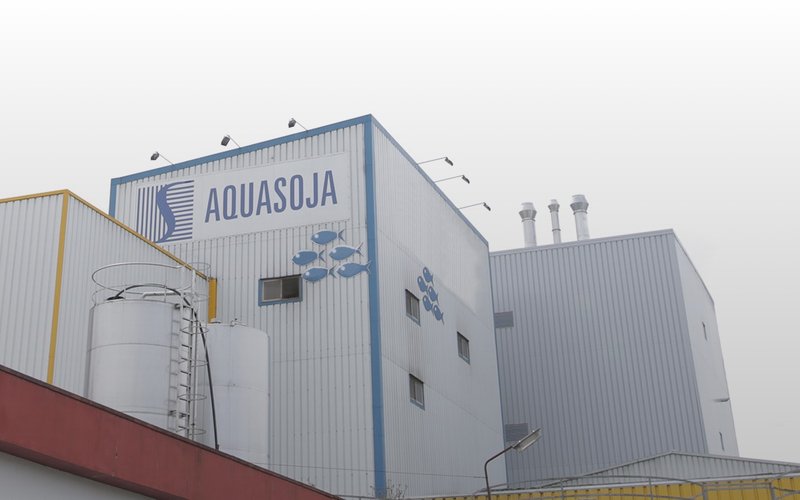AQUASOJA aims to provide environmentally sustainable and affordable solutions. Therefore, the company has focused one of its research lines on reducing the use of traditional fishmeal and fish oil sourced from fisheries, ingredients that are both expensive and unsustainable.
One of these alternatives is the use of land animal byproducts meals and fats, specifically ingredients produced from poultry byproduct. Hydrolyzed feather meal, poultry byproduct meal and poultry fat are excellent protein and lipid sources, being available and relatively low priced.
The company has performed an environmental life cycle assessment (LCA) of these animal feed ingredients, based on their valorization for the aquafeed industry. The study analyzed 4 impact categories: global warming, abiotic depletion, acidification and eutrophication.
The results showed that the poultry production phase is mainly responsible for the acidification and eutrophication in the aquafeed ingredients production system. On the other hand, global warming and abiotic depletion are mainly influenced by the rendering process, in which the fuel mix is mainly responsible. All the impact categories (except eutrophication) could be reduced if wood pellets were used as the sole heat source.
Overall, the production of feed ingredients from poultry byproducts has relatively low impact for the categories analyzed, and therefore, they could be used as environmentally sustainable ingredients in animal feeds, particularly in the aquafeed industry. Furthermore, the study showed that the impact of these ingredients is much lower than traditional fishmeal and fish oil, indicating that using them as replacers would decrease substantially the environmental impacts of aquafeed production in the impact categories considered.
These results will be presented in the session PS17 Nutrition: Animal ingredients in aquafeed, at Aquaculture Europe, Berlin, in October.











